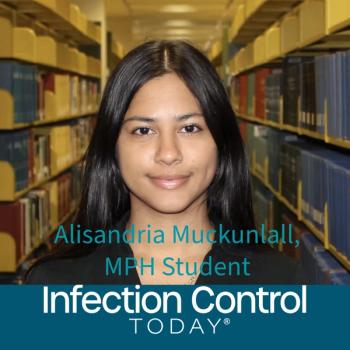
Perioperative Surgical Home Improves Quality, Reduces Healthcare Costs
The Perioperative Surgical Home (PSH) model consistently and significantly improves quality of care for patients and reduces healthcare costs, reports a first-of-its-kind, large-scale literature review of the PSH in the United States and abroad. The review, published online this month in Milbank Quarterly, provides further evidence to support the benefits, and encourage the adoption, of the PSH model.
"There is a global push for more rigorously coordinated and integrated management of surgical patients to enhance patient satisfaction and improve quality of care and outcomes, while cutting costs," says Thomas R. Miller, PhD, MBA, co-author of the review and director of health policy research at the American Society of Anesthesiologists (ASA) in Schaumburg, Ill. "Whether in the U.S. or overseas, our review found that the PSH model of care is highly effective at achieving these measures by reducing cancellations and surgical delays, lowering complication rates and readmissions, and shortening hospital stays."
The PSH is a patient-centered, physician-led, multidisciplinary team-based model of coordinated care. In a PSH, a patient's entire surgical experience - preoperative, intraoperative, postoperative and post-discharge - is fully coordinated and treated as one continuum of care. The PSH model emphasizes the cost-efficient use of resources as well as lead physician, multi-specialty team and patient-shared decision-making.
Interestingly, both U.S. and international studies stressed the importance of the role of physician anesthesiologists in perioperative patient management and PSH models of care.
"This literature review provides still more evidence that physician anesthesiologist-led anesthesia care teams are associated with better patient outcomes, fewer complications, less pain, earlier return to functionality and home, and lower costs," says J.P. Abenstein, ASA president. "The Perioperative Surgical Home will advance our goals of improved patient safety, quality of care and cost-effectiveness. Every patient undergoing an invasive procedure deserves the involvement of a physician anesthesiologist in their care."
Researchers from Texas A&M University and the ASA performed a comprehensive analysis of 152 peer-reviewed studies published between 1980 and 2013. They compared PSH models in the U.S. and other countries and summarized the findings related to clinical outcomes and efficiencies/cost of surgery in various surgical homes. All studies were categorized as preoperative, intraoperative or postoperative in scope.
According to the review, 82 percent of preoperative studies analyzed found that the PSH model had a significant positive impact on preoperative clinical outcomes (32 studies) and reduced costs (23 studies). Studies cited preoperative patient education as a component of the PSH model that significantly reduced length of stays and readmission rates. Additionally, studies cited that minimizing the number of unnecessary preoperative tests was found to reduce costs. In fact, one study found eliminating unneeded tests reduced costs by as much $112 per patient, for a total of $1.01 million over the course of the study.
Eighty-two percent of intraoperative studies analyzed found that the PSH model had a significant positive impact on intraoperative clinical outcomes (29 studies) and reduced costs (17 studies). Studies cited design and process flow initiatives such as real-time patient-routing systems (real-time electronic dashboards that ensure access to medical records) as one of the intraoperative components of the PSH model that led to a reduction in OR delays, surgical cancellations and improved efficiencies.
Last, 90 percent of postoperative studies analyzed found that the PSH model had a significant positive impact on clinical outcomes (71 studies) and reduced costs (23 studies). Studies cited enhanced recovery after surgery programs as a component of the PSH model that significantly helped reduce complications, length of stays and costs by encouraging quicker recovery and earlier discharges.
"We would like to see the PSH model of care be adopted nationwide," says Miller. "Large reviews such as this show just how successful this model of care can be at raising the quality of care for patients, while meeting the increasing demands of healthcare reform."
Source: American Society of Anesthesiologists (ASA)
Newsletter
Stay prepared and protected with Infection Control Today's newsletter, delivering essential updates, best practices, and expert insights for infection preventionists.






